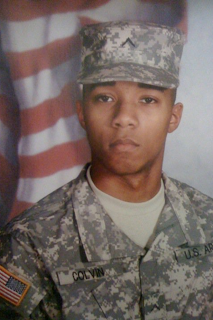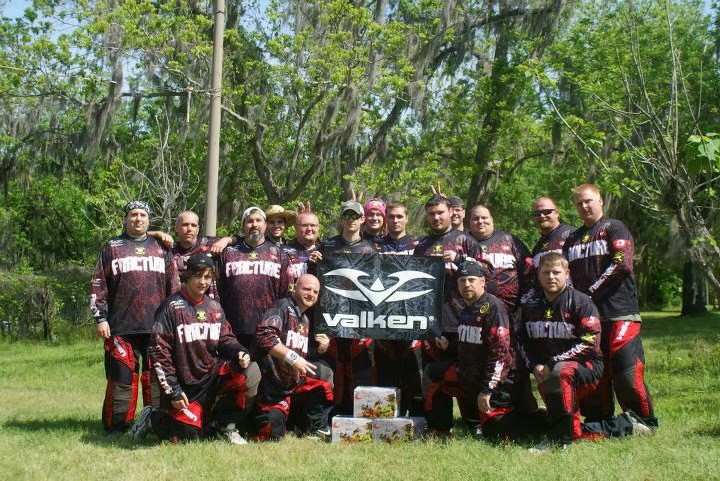February 28, 2014
Last Edited: March 5, 2014
The Winter Olympics brought plenty of Bronze, Silver, and Gold medal winners, but it also brought pages of news stories and articles about Russia’s anti-gay propaganda law and other discriminatory acts against the Lesbian, Gay, Bisexual, Transgender, and Queer (LGBTQ) community.
Some of the latest news to come out of Sochi, before the closing ceremony, were about the detainment of LGBTQ activists, like former Italian MP Vladimir Luxuria.
Some of the latest news to come out of Sochi, before the closing ceremony, were about the detainment of LGBTQ activists, like former Italian MP Vladimir Luxuria.
Two of the most prominent LGBTQ students on campus spoke about what Sochi means for the LGBTQ community locally and as a whole.
Mason Branham, a senior at USC and former President of the Bisexual Gay Lesbian Straight Alliance (BGLSA), identifies as queer, and said the only label he’d prefer to go by is his full name.
“I think of [queer] as almost a label without a label,” he said. Branham thinks there was too much coverage of LGBTQ issues in Sochi, with some human rights violations obviously being more newsworthy than others.
“We’re sort of a culture here that is saturated with LGBT news, both positive and negative,” said Branham, who locally advocates for LGBTQ rights. “People love to talk about gay stuff, it’s polarizing.”
One subject that isn’t getting a lot of media coverage, according to Branham, is gender identity, particularly transgender and transsexual identities. Equality for trans* people is something the BGLSA has been working on with the Residence Hall Association through the concept of gender neutral housing.
“I doubt an individual on the street could tell you the difference between a transsexual and transgender individual. You say Pre-Op and Post-Op to someone, and they would probably ask you to define that.” he said.
“A lot of real change is always kind of an upheaval, and it’s realistic to know and to recognize that you’ll probably take two steps back for that one step forward,” said Kaitlyn Jones, current President of BGLSA. “And you have to be patient and keep persevering and eventually it will become three steps forward and maybe a half step backwards. And it’s just… it’s a realistic way to get to our goal.”
Jones thinks the key to achieving equality for LGBTQ individuals is by finding more allies - people who are willing to stand with the movement and be supporters regardless of their sexual orientation or personal preferences.
Branham also said the Olympics should be about the talents of the Olympians, not about anyone’s sexual identity. Jones agrees that the Olympics should have been centered more on the athletes than equality issues.
LGBTQ and heterosexual students alike here at the University of South Carolina can choose to join BGLSA where they can receive support from other students of all sexual orientations, gender identities, and allies. The student organization is a safe place to celebrate LGBTQ history and learn a multitude of skills to help deal with sexual health, identity issues, and other problems they may encounter while attending the university, while building a community among the LGBTQ individuals.
USC prides itself on being an inclusive and diverse campus which abides by its Carolinian Creed. Last year, the BGLSA won the Student Organization of the Year Award.





